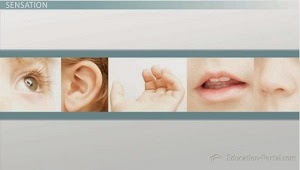Showing posts from June, 2014Show All
Cognitive Perspective of Learning & Information Processing
SYED IRFAN ABID BUKHARI
00:34
www.spl-education.blogspot.com Cognitive Perspective of Learning & Informatio…
Educational Approaches\ Methods In Special Education
SYED IRFAN ABID BUKHARI
08:48
Educational Approaches\ Skills In Special Education Contents 1.Oral and Aur…
Popular Posts
Most Recent
3/recent/post-list
Random Posts
3/random/post-list





Social